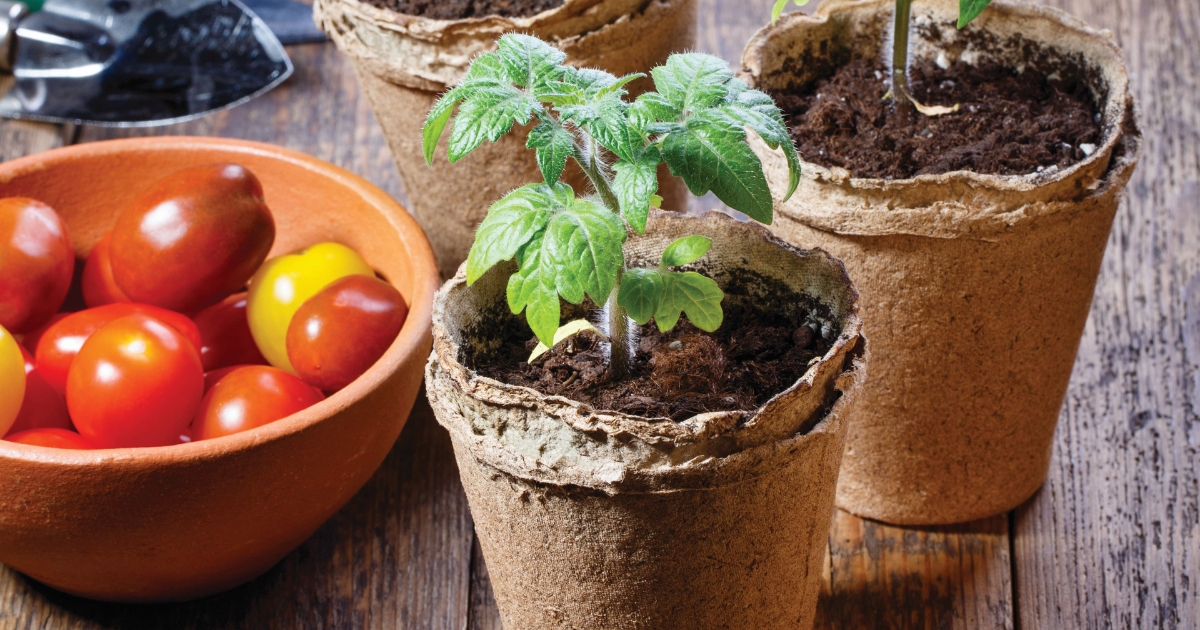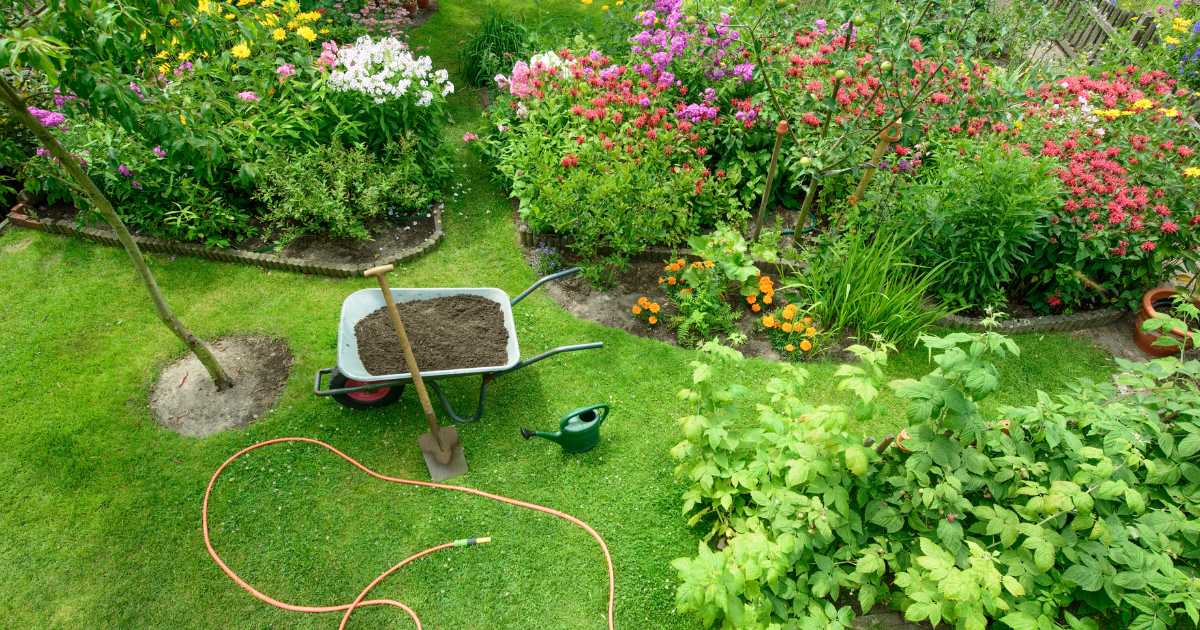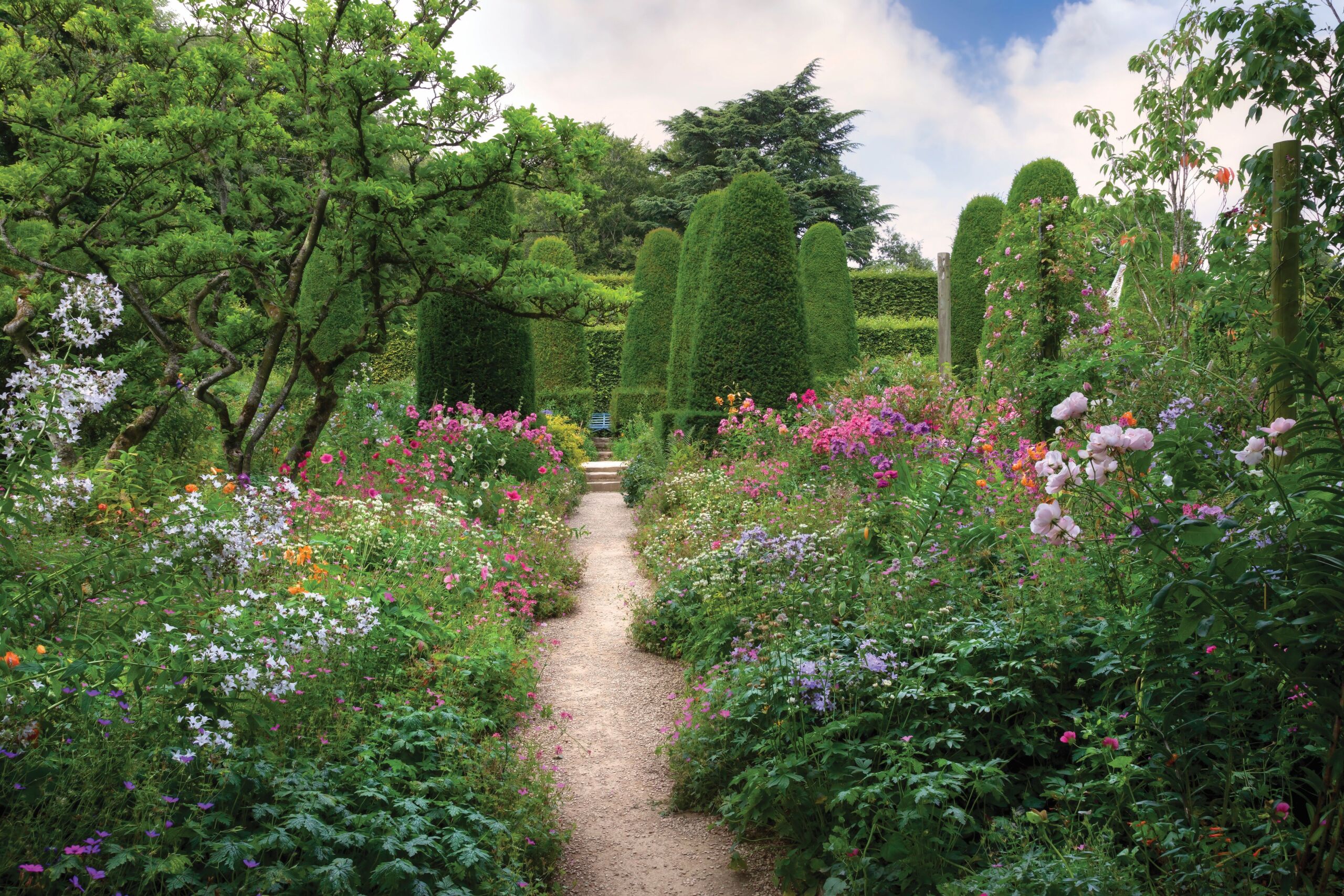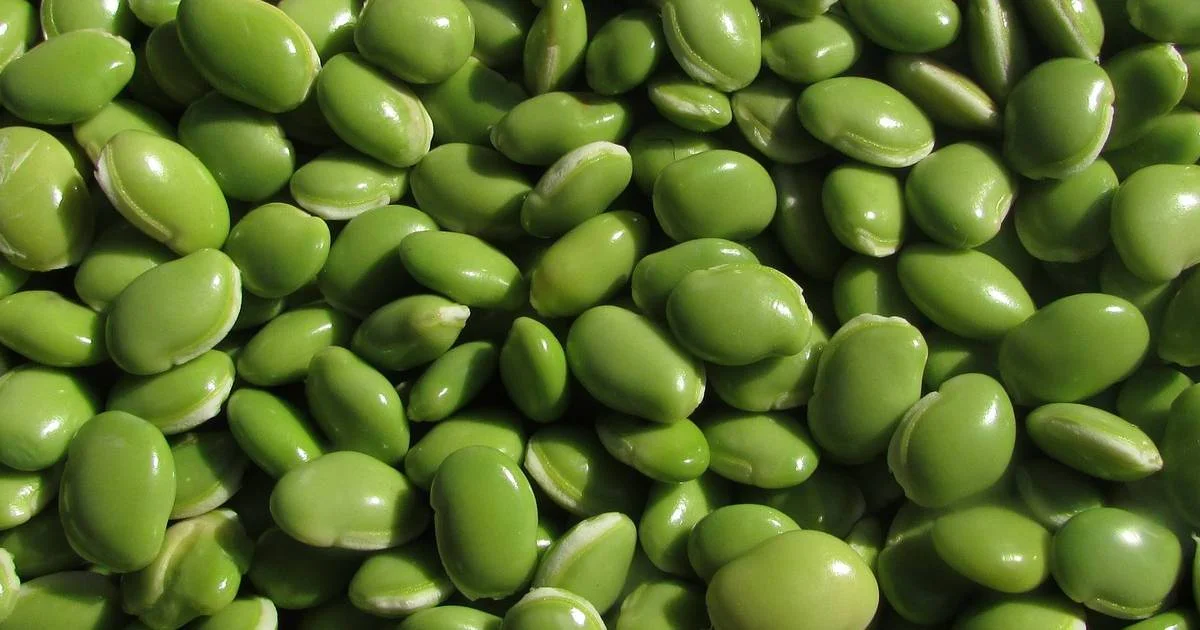KALE
I enjoy growing kale mostly as it produces for such a long time. I begin harvesting the largest leaves at the bottom of the plant in late July and pick my last leaves in late November, even early December.
That is a fourmonth harvest! I have lots of friends who really enjoy kale (smoothy anyone?), but I wish I
liked eating it more. —MC

LEEKS
Another productive crop that is insect and diseaseresistant, leeks are easy to grow and fun to watch mature throughout the season. While they need a long season to grow into something useful, I sow leaf lettuce, arugula and mesclun mix near or around my leeks early in the season. This is an efficient use of space. Leeks and kale are the last crops that I harvest from my garden each year — a great way to spread out the fun of growing food. —MC
Try these leek varieties ‘Giant Musselburgh’ Also known as American Flag or Scotch Flag, it’s a delicious heirloom leek with thick, juicy stalks an amazing 15 inches (38 cm) long.
‘Bleu de Solaise’ Extremely hardy, this is a French heirloom whose blue leaves turn a beautiful shade of violet in cold weather.
‘Lancelot’ Perfectly upright, with slender white stalks 8 to 13 inches (20 to 33 cm) long. Winter hardy.

PUMPKINS
The large, sprawling leaves of a pumpkin plant can take up a lot of space but also serve well to shade out weed pressure throughout the garden. Plant a diversity of pumpkins and squash to serve culinary purposes, such as the ‘Early Sweet Sugar Pie’ for baking or delicata squash for easy veggie side dishes. For fall displays, choose ‘Cinderella’ pumpkins.
Direct sow your seeds in rows 610 feet (1.53 metres) apart, in 612 inches (1530 cm) spacing in late spring when the soil is starting to warm up. Spraying the tops and underside of the leaves with a 50/50 mix of milk and water is a home remedy for the common powdery mildew, and make sure to rotate your pumpkins and squash as they mature to avoid “flat spots” where disease can occur. — BC

GARLIC
Simple to grow, stores well, and is so much better than anything you will find at the grocery store. People who like garlic tend to love garlic, and I find that it is always wellreceived as a gift. Don’t worry about varieties too much. Simply go to a farmers’ market to find the biggest, healthiest bulbs late in the summer and select the bestlooking cloves for planting that fall. Plant pointyside up, 2 inches (5 cm) deep, 68 inches (1520 cm) apart, and top dress generously with compost as garlic is a “heavy feeder.” Come midlate June, prune your garlic scapes down to the top leaf. The “scape” is the thing that looks like a pigtail, which can be fried or mashed into a zesty, garlicky pesto. When the lower leaves start turning brown in late summer, pull your garlic and leave them to cure somewhere warm and dry for 1014 days. — BC

TOMATOES
I am a happy fan of the #1 food crop in Canadian gardens, tomatoes. Tomatoes are easy to start indoors from seed, grow quickly, and once they begin producing fruit, don’t stop for up to 12 weeks. Look for varieties best suited to home growing, not mass production, for the best flavour and keeping qualities. —MC
Try these tomato varieties ‘Sweet Million’ A standard cherry tomato is found at every nursery, it produces in abundance and starts early. ‘Montreal Tasty’ A Canadian red beefsteak heirloom; produces clusters of absolutely enormous fruit about four inches in diameter.
‘Stupice’ A largely forgotten small tomato with amazing flavour.
‘Green Zebra’ This exotic heirloom doesn’t look like its red cousins but tastes better; indeterminate.
‘Brandywine’ A pink heirloom is known for its superior flavour.














